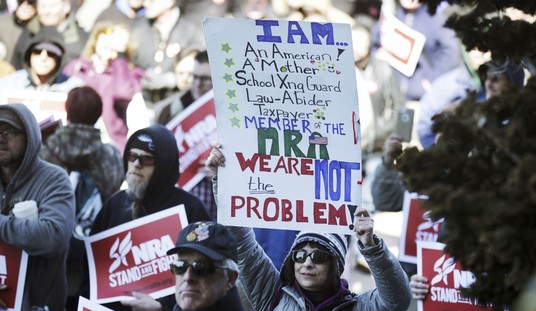One of the first rules of carrying a handgun for self-defense is “have a gun.” The most accurate .45 in the world won’t do you a bit of good if you leave it in the safe at home. For that reason, many people rely on a .380 ACP pistol for self-defense.
Pistols chambered in .380 tend to be smaller than guns designed for higher pressure or bigger bore handguns. These other guns need beefier frames and consequently are bigger and heavier.
The downside of carrying a small .380 can include small sights, relatively little grip to hold while shooting, and the perception that the cartridge is not effective for self-defense. I won’t go into my thoughts on stopping power, but relative to cartridges like the 9mm, .40 S&W, .45 ACP, .357 Magnum and others, the .380 ACP is definitely at the low end of the power spectrum.
In general terms, those are the pros and cons of deciding to carry a .380 to save your life. Should the caliber make sense for your needs, here are some of the best pistols to consider.
Kel-Tec P3AT – Small, light and affordable are the three words that can best describe the P3AT. It is small enough to slip into almost any pocket, light enough to forget about and it is cheap enough that most people can afford one. MSRP starts at $318.
The frames are polymer and the slides are steel. The pistols are double-action-only and use a locked breech design, not a blow-back design. Some people recommend a small amount of polishing on the feed ramp to enhance reliability, but others claim their guns run perfectly out of the box.
The P-3AT holds six rounds in the magazine, is only 0.77” wide and weighs in at 8.3 ounces unloaded. The barrel length is 2.7”.
Ruger LC380 – Larger than the company’s popular LCP, the LC380 is still a double-action-only, compact pistol, albeit one with features associated with bigger guns. The LC380 has vastly improved sights compared to the P-3AT and the LCP. They are much more visible, plus the sights are dovetailed should you wish to swap them out for aftermarket ones.
The LC380 holds seven rounds in the magazine plus another in the chamber for a total of eight rounds. While no one has ever complained about having too much ammunition in a gunfight, eight rounds is a good start.
When compared to the smaller LCP, the LC380 gives the shooter more gun to grip. This improves both accuracy and reliability. A pistol that is not firmly held may not cycle reliably. These guns retail at $449.
SIG P238 – I mentioned this single action pistol in a previous column on concealed carry guns. For a .380 ACP pistol, you are not likely to find a more refined, mass produced pistol on the market.
The pistol is designed to carry cocked-and-locked like a 1911. If this bothers you, check out one of the other handguns in this article. However, it is a perfectly safe method of carry. If you are used to polymer pistols, you will need to get some extra range time to practice taking it off safe to engage a target.
At the time I am writing this article, SIG Sauer lists more than 20 different models of the P238 on their website. The sheer number of variations in the gun certainly suggests that the pistol is a very good seller for the company, and private conversations with members of the company have confirmed it.
Flush fitting magazines hold six rounds. MSRP starts at $679 and goes up from their depending on the model you prefer.
Smith & Wesson Bodyguard 380 – I don’t much care for the looks of these pistols, but the ones I have shot have been extremely reliable and reasonably accurate with all kinds of ammunition. If the choice comes down to performance vs. beauty, I’ll take the Bodyguard 380 all day long.
The magazines hold six rounds, and unloaded, the gun weighs less than 12 ounces. The frame is polymer and the slide is steel. The one feature I do not like on this gun is the manual safety. The gun is double action, so a thumb safety simply doesn’t serve any useful purpose.
The Bodyguard has a long double-action-only trigger pull that is surprisingly smooth. The pull is just long…very long. The S&W has decent sights, but they all come with an integral red laser, which is an added expense on all of the other pistols. Even with the laser, the MSRP is only $419.
Kahr P380/CW380 – Making concealable handguns for self-defense is the core of Kahr’s business. The P380 pistol is a double-action-only pistol that carries six of the .380 ACP cartridges in each magazine.
The P380 is extremely thin, measuring only 0.75” at the slide. Without a magazine, the gun weights a hair under ten ounces. It uses a polymer frame with a steel slide. MSRP is $649.
At the 2013 SHOT Show, Kahr introduced the CW380. The new pistol is a more economical version of the P380 that offers most of the same features but at a price tag of only $419. The biggest difference is the conventionally rifled barrel in the CW380 instead of the Lothar Walther match grade barrel found in the P380.
There are other quality .380 ACP pistols out there such as the Bersa Thunder and Walther PPK. Do you carry a .380? If so, which one and what do you like about it?








Join the conversation as a VIP Member